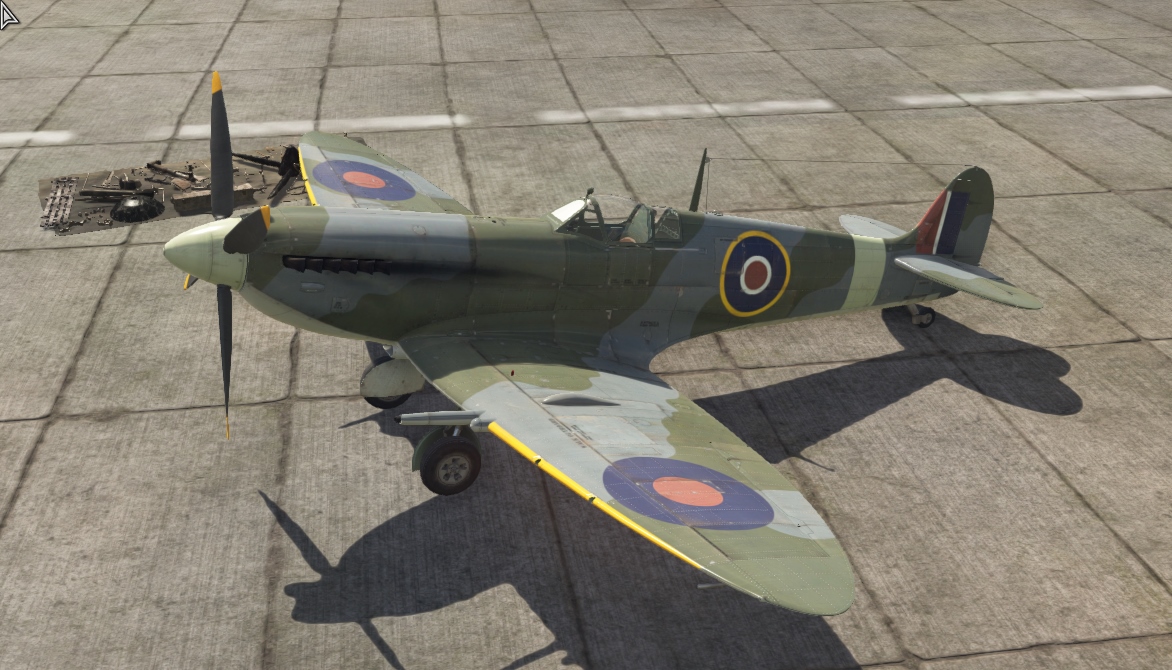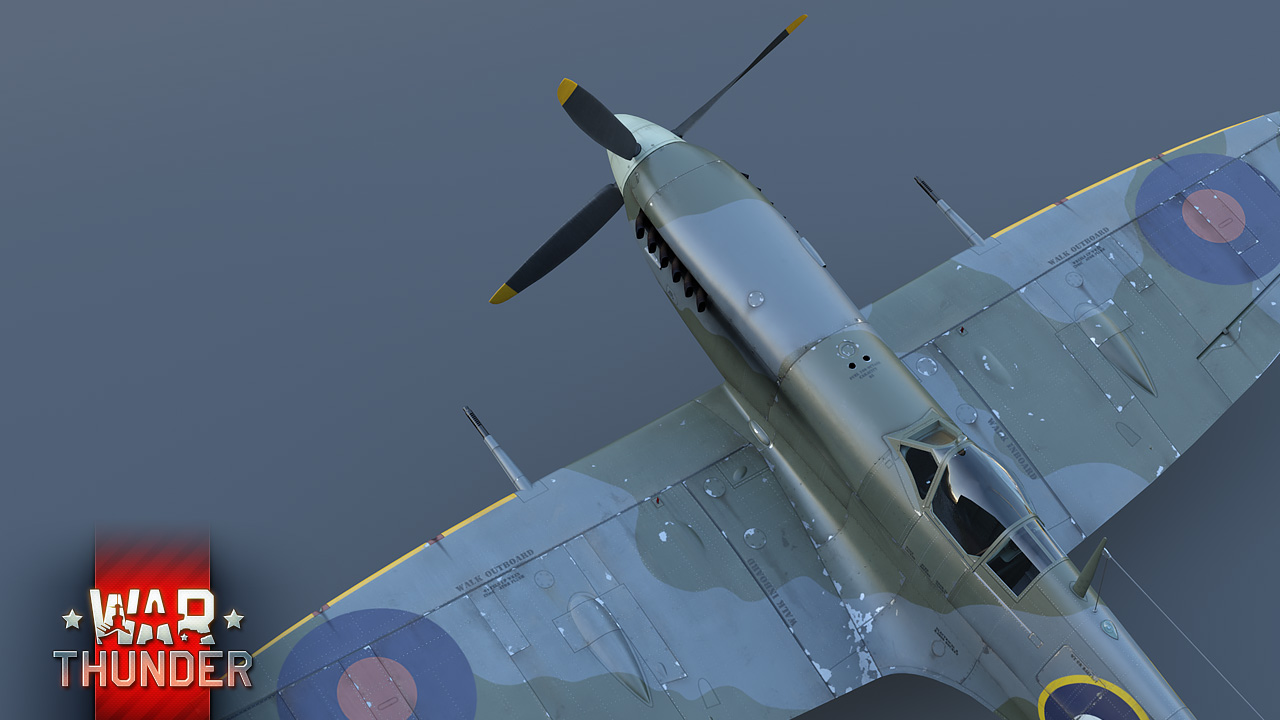
There were thus two possible weapon fits: The new wing allowed for a four cannon armament and the inner bays could carry heavy machine guns. The outer machine gun ports were eliminated although the outer machine-gun bays were retained, their access doors were devoid of empty cartridge case ports and cartridge deflectors. To avoid the expansion of fuel in hot weather damaging the wing, pressure relief valves, with small external vent pipes, were fitted near the wing tips. These were made for photo-reconnaissance Spitfires, including the PR Mk X and XI no armament was fitted and the "D" shaped leading edges of the wings, ahead of the main spar, were converted into integral fuel tanks, each carrying 66 gallons. The first Mk IX Spitfires started being used in the role in June 1944. Although many earlier Spitfires had been modified to carry bomb racks capable of carrying 250 lb (110 kg) bombs the first Spitfires to be specifically modified for the fighter-bomber role (known as Modification 1209) were those of the Second Tactical Air Force. Several versions of the Spitfire, starting with the HF Mk VIIs had extra 13 gallon integral fuel tanks added to the wing leading edges between the wing-root and the inboard cannon bay. To provide room for the belt feed system of the cannon, the inner machine gun bays were moved outboard to between ribs 13 and 14.

All later Spitfires had smaller, more streamlined blisters.
#WAR THUNDER SPITFIRE MK IX ALTITUDE SERIES#
The first series of Spitfire Mk IXs retained the bay doors first used on Spitfire VCs these incorporated large blisters to clear the feed motors of two Hispano cannons. New upper wing gun-bay doors incorporated "teardrop" shaped blisters to clear the cannon feed motors and the lower wings no longer had the gun-bay heating vents outboard of the gun-bays. The fairings over the Hispano barrels were shorter and there was usually a short rubber stub covering the outer cannon port. The Hispano Mk IIs were belt fed from box magazines allowing for 120 rpg (the Chattellerault system). Because the Spitfire was no longer to be used as a night fighter, the retractable landing lights were no longer fitted. During production of the Mk VIII and Mk IX a new undercarriage leg was introduced which had external v-shaped "scissor-links" fitted to the front of the leg this also led to small changes in the shape of the undercarriage bay and leg fairings. Stronger undercarriage legs were raked 2 inches (5.08 cm) forward, making the Spitfire more stable on the ground and reducing the likelihood of the aircraft tipping onto its nose. The undercarriage mountings were redesigned and the undercarriage doors were bowed in cross-section allowing the legs to sit lower in the wells, eliminating the upper-wing blisters over the wheel wells and landing gear pivot points. The design of the wing was altered to reduce labour and manufacturing time and carry various armaments: A type, B type, or four 20 mm Hispano cannon. The majority of the Spitfires from the Mk VIII on, used three basic wing types C, D and EĪlso known as the "universal wing" the new design was standard on the majority of Spitfires built from mid 1942. The Griffon powered variants are described in a separate article.

This article presents a history of the Spitfire powered by two-stage engine variants and also describes some of the "drawing board" projects and experimental Spitfires. This new airframe later formed the basis for the Rolls-Royce Griffon powered Spitfires. In a second stream of development Supermarine was working on an improved, reinforced, Spitfire airframe which incorporated several new features and was designed for the Merlin 60 and 70 series engines. Rolls-Royce engineers were already working on a new version of the Merlin incorporating a two-stage supercharger the combination of the improved Merlin and the Spitfire Mk Vc airframe in a "stop-gap" design allowed the RAF to combat the Fw 190 on equal terms. The debut of the formidable Focke-Wulf Fw 190 in late 1941 had caused problems for RAF fighter squadrons flying the latest Spitfire Mk Vb.

The British Supermarine Spitfire was facing several challenges by mid-1942. Spitfire LF Mk IX MH434 of Duxford's Old Flying Machine Company.


 0 kommentar(er)
0 kommentar(er)
